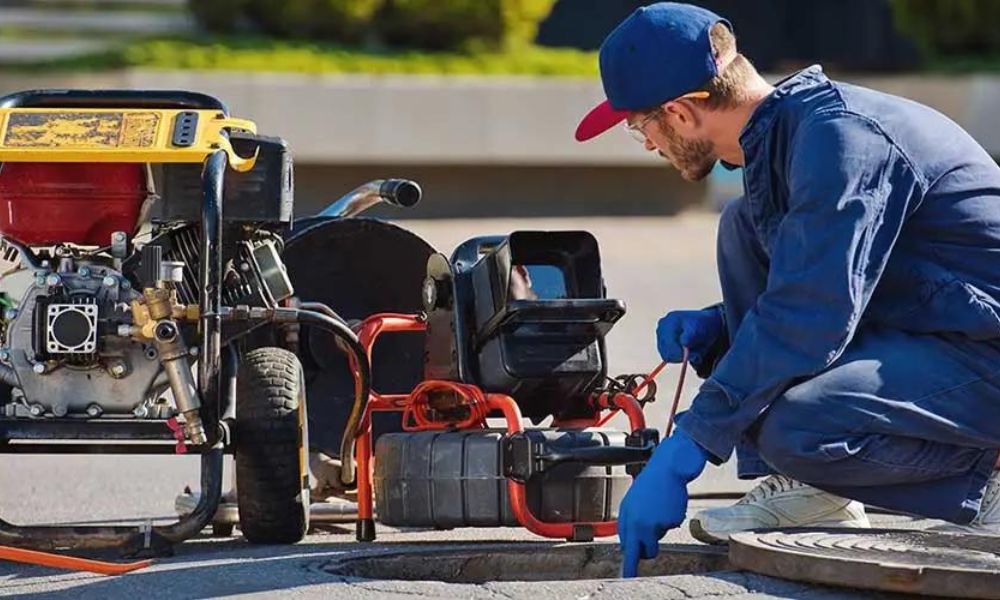Scaffolding plays a critical role in construction, renovation, and maintenance projects across Canada. It provides a safe and stable platform for workers to perform tasks at elevated heights. Choosing the right scaffolding materials is crucial to ensure safety, durability, and cost-effectiveness. In this article, we explore the common scaffolding materials used in Canada and their specific advantages.
1. Steel Scaffolding
Steel is one of the most widely used materials for scaffolding in Canada. Its strength and durability make it ideal for large-scale construction projects. Steel scaffolding can support heavy loads, withstand harsh weather conditions, and provide a high level of stability.
Benefits of Steel Scaffolding:
- High Load Capacity: Suitable for heavy-duty applications.
- Weather Resistance: Performs well in extreme Canadian climates.
- Reusability: Can be used multiple times with proper maintenance.
Steel scaffolding is often preferred for projects that require long-term use or involve heavy machinery and materials.
2. Aluminum Scaffolding
Aluminum scaffolding is popular for its lightweight nature and ease of handling. This material is commonly used for smaller projects or tasks requiring frequent movement of scaffolding structures.
Benefits of Aluminum Scaffolding:
- Lightweight: Easy to transport and assemble.
- Corrosion Resistance: Ideal for outdoor use in areas with high humidity.
- Cost-Effective: Reduces labor costs due to quick assembly.
Aluminum scaffolding is particularly favored for interior work or projects with tight schedules.
3. Wooden Scaffolding
Wooden scaffolding has been used for centuries and remains a viable option for certain projects in Canada. While it is less common in modern construction, it is still utilized for specific applications, such as temporary structures or in areas with limited access to metal scaffolding.
Benefits of Wooden Scaffolding:
- Cost-Effective: Readily available and affordable for short-term use.
- Customizable: Can be cut and shaped to fit unique project requirements.
- Eco-Friendly: Biodegradable and sustainable when sourced responsibly.
However, wooden scaffolding is less durable and requires regular inspection to ensure safety.
4. Fiberglass Scaffolding
Fiberglass scaffolding is an excellent choice for projects that involve electrical work. Its non-conductive properties ensure worker safety in environments where electricity is present.
Benefits of Fiberglass Scaffolding:
- Non-Conductive: Safe for electrical and high-voltage applications.
- Lightweight: Easy to handle and transport.
- Corrosion Resistance: Durable in chemical and moisture-heavy environments.
Although more expensive than other materials, fiberglass scaffolding is indispensable for specialized tasks.
5. Bamboo Scaffolding
Bamboo scaffolding is not commonly used in Canada but is worth mentioning due to its prevalence in other parts of the world. It is lightweight, eco-friendly, and surprisingly strong.
Benefits of Bamboo Scaffolding:
- Sustainability: A renewable resource with minimal environmental impact.
- Flexibility: Can be adapted to various shapes and sizes.
- Cost-Effective: Inexpensive in regions where bamboo is abundant.
While bamboo scaffolding is not widely adopted in Canada, it serves as an alternative in regions with limited access to metal scaffolding materials.
6. Hybrid Scaffolding Systems
Modern construction often employs hybrid scaffolding systems that combine different materials to maximize performance. For example, a system might use steel for its primary structure and aluminum for mobile components.
Benefits of Hybrid Systems:
- Versatility: Adapts to diverse project needs.
- Enhanced Safety: Combines the strengths of multiple materials.
- Cost Efficiency: Optimizes material use for budget-conscious projects.
Hybrid systems are gaining popularity in Canada due to their adaptability and efficiency.
Factors to Consider When Choosing Scaffolding Materials
Selecting the right scaffolding material involves evaluating several factors:
- Project Requirements: Consider the size, scope, and duration of the project.
- Load Capacity: Ensure the material can support the required weight.
- Environmental Conditions: Choose materials that can withstand local weather and site-specific challenges.
- Cost: Balance initial investment with long-term usability and maintenance costs.
- Safety Standards: Comply with Canadian safety regulations and industry best practices.
The Role of Scaffolding Renting in Canada
For many construction companies and contractors, purchasing scaffolding materials outright may not be the most practical or cost-effective option. This is where Scaffolding Renting comes into play. Renting scaffolding provides access to high-quality materials without the need for significant upfront investment.
Advantages of Scaffolding Renting:
- Flexibility: Rent scaffolding tailored to specific project needs.
- Cost Savings: Avoid storage and maintenance expenses.
- Access to Expertise: Rental companies often provide guidance on the best materials and systems for your project.
By leveraging scaffolding renting, contractors can ensure they have the right tools for the job while keeping costs manageable.
Conclusion
Understanding the common scaffolding materials used in Canada is essential for ensuring the success and safety of construction projects. Steel, aluminum, wood, fiberglass, and hybrid systems each offer unique benefits suited to different applications. By carefully evaluating project requirements and considering the advantages of scaffolding renting, construction professionals can make informed decisions that enhance efficiency and safety.
Whether you’re planning a small renovation or a large-scale construction project, selecting the right scaffolding materials and systems will lay the foundation for success. Consider exploring scaffolding renting options to meet your needs effectively and economically.















